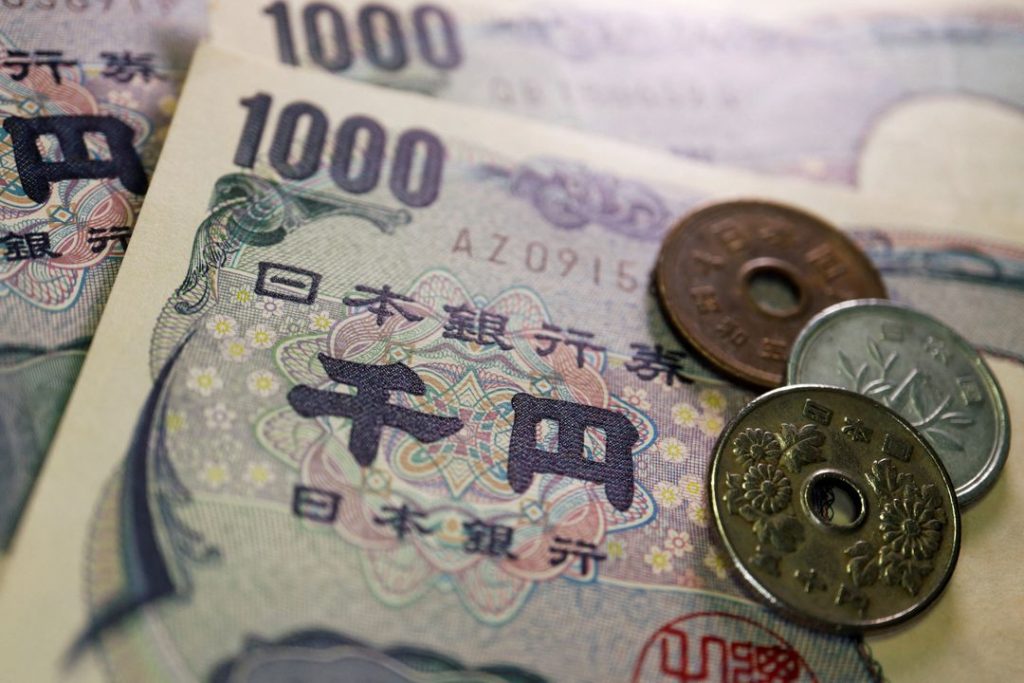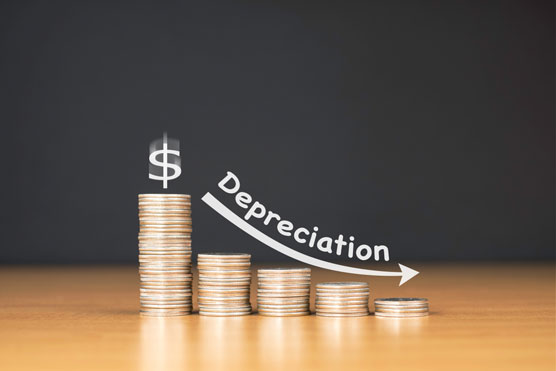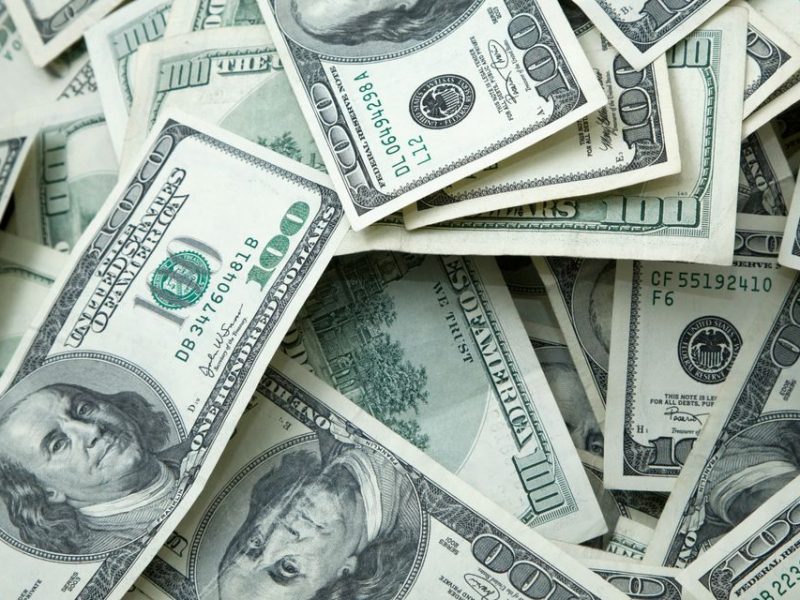The Inducements behind the Continuous Depreciation of the Japanese Yen Exchange Rate
Since this year, the Japanese yen exchange rate continued to fall and once fell below 1 U.S. dollar to 150 yen mark, refreshing the lowest value in 32 years. So far, the yen has depreciated by more than 30% against the dollar and continued to fall against other currencies, with the Chinese yuan staying above 20 yen. The real exchange rate published by the Bank for International Settlements shows that the yen has fallen to the lowest level since 1972. The fall in the yen was not only bigger than that of advanced economies such as the euro and the pound, but also much bigger than that of emerging Asian markets such as the Korean won, the Indian rupee and the Thai baht.

According to the Organization for Economic Cooperation and Development (OECD), Japan’s nominal Gross Domestic Product in 2022 is forecast to be 553 trillion yen. That’s 3.9 trillion U.S. dollars at 140 yen to the dollar, the lowest level since 1992. The size of the Japanese economy in dollar terms will return to the veritable Japan’s lost three decades of the 1990s, when the bubble economy collapsed. Japan’s share of the world economy will shrink to 4% from 15% 30 years ago. It is likely to be equaled or even overtaken by Germany whose GDP was only 56% of Japan’s in 2012 this year, giving up its position as the world’s third-largest economy.
Why does the yen continue to depreciate so sharply? Judging from the outside, the yen depreciation is directly induced by two causes. First of all, Japan’s monetary policy is at odds with the global. As global inflation intensifies and major central banks such as the Federal Reserve and the European Central Bank successively raise interest rates, the Bank of Japan continues to adhere to the ultra-loose policy due to the sluggish domestic economic recovery. The Federal Reserve has continuously raised the target range of the federal funds’ interest rate, and the yield of the U.S. 10-year Treasury bonds once climbed to 4.1%, while Japan insisted on the negative interest rate policy and firmly limited the yield ceiling of the 10-year Treasury bonds below 0.25%. The huge spread led to the prevalence of the carry trade between the US dollar and the Japanese yen, which made it difficult to stop the decline of the Japanese yen. The second inducement is that the trade situation has deteriorated significantly. Japan’s energy and food dependence on foreign countries are respectively as high as 88% and 63%. Along with high global energy and food prices, Japan’s foreign trade deficit for 14 consecutive months since August last year, and the deficit for the first half of the fiscal year 2022 (April to September) reached a record high of 11 trillion yen. The current account balance shrank for four years in a row, causing the yen to come under selling pressure from supply and demand. The depreciation of the yen in turn exacerbates the dilemma of Japan’s international imbalance of payments, which is trapped in a vicious circle.

Fundamentally speaking, the structural problems of the Japanese economy are the deep-seated reason for the devaluation of the yen. The development of Japan’s emerging industries is lagging behind, and the upgrading of its industrial structure is slow. The outflow of the manufacturing industry is accelerating industrial hollowing out, and the international competitiveness and position in the global value chain are constantly declining. A shrinking population combined with an aging population structure has led to a shortage of labor and a long-term downturn in private consumption. According to the Bank of Japan’s calculations, Japan’s potential growth rate has fallen from 4% 30 years ago to between 0% and 0.4% at present. Due to the decline in strength, the Japanese economy has become increasingly dependent on the Bank of Japan’s ultra-low interest rate policy. Under such normal conditions, enterprises that should be eliminated are able to continue to survive, while competitive companies have difficulty accessing funds and talents. As a result, the metabolism of Japanese economy continues to weaken and its strength spirals downward. Even a slight increase in interest rates by the Bank of Japan may lead to a rapid cooling of the economy, leaving it stuck with its ultra-loose policy, which leads to the means of reversing the depreciation of the yen limited to government-led exchange rate intervention. Despite concerns about the negative impact of the yen’s rapid depreciation, the Japanese government has been wary of intervening as direct intervention is expensive and failure would trigger further currency weakness.

Japan also appears to be signaling its intention to let the yen depreciate. Haruhiko Kuroda, governor of the Bank of Japan, has publicly stated that the depreciation of the yen is beneficial to the Japanese economy, and the rise in import costs due to the depreciation of the yen is offset by the benefits gained by exporters. Some insiders point out that Japan is the world’s largest net foreign creditor. The Bank of Japan maintains a loose monetary policy and allows the yen to depreciate, which forms depreciation pressure on the currencies of other major export economies. All of these are de facto exchange rate manipulation and beggar-thy-neighbor competitive devaluation, pretty in the same way as the US Federal Reserve takes the lead in sharply raising interest rates and passing on its own problems to other countries, exacerbating the uncertainty of the global economy. Japan and South Korea, for example, are both export-oriented economies, that compete with each other for their main exports of petrochemicals, machinery, steel and other products. With the devaluation of the yen, the price competitiveness of Korean products in the global market is facing challenges.
Here comes the question, how effective is the devaluation of the yen in reviving the Japanese economy? According to economists, a 10% depreciation of the yen will boost exports by 4.3 trillion yen and increase the cost of imports by 4 trillion yen, nearly offsetting each other. According to the results of a survey on business intentions conducted by the Teikoku Databank, however, only 4.6% of the 10,000 companies surveyed responded that “the depreciation of the yen would be good for business”. In general, it seems that the devaluation of the yen has made it difficult to revive the Japanese economy.



